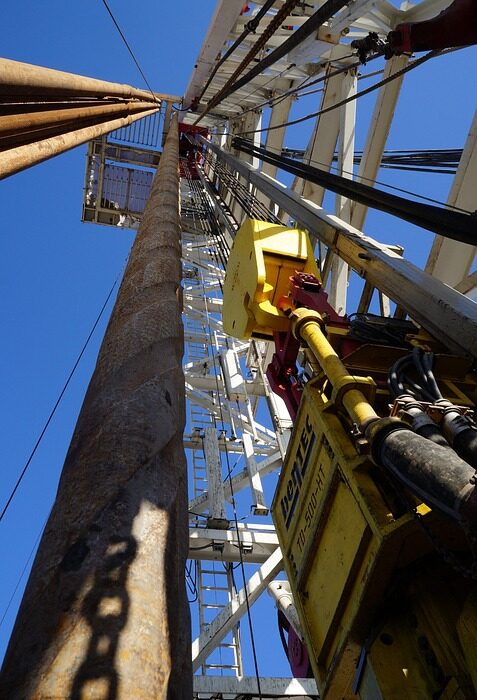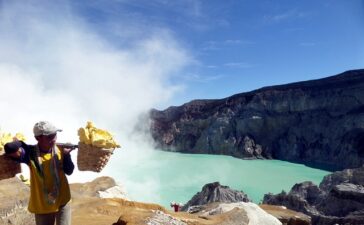Quality Sample Drilling is a process used to collect samples from oil reservoirs for quality control. Drilling has been around since the 1940s and has dramatically changed over time due to technological advances in producing wells, wireline logging, and well testing. Quality sampling is now done with various techniques: coring, mud-logging, pressure tests at the hole bottom or casing shoe, cement bond logs (CBL), gamma-ray logs (GRT), and others. Quality sampling may occur before production starts upon an exploration period immediately following discoveries of hydrocarbons or after production begins on established fields. This sample provides essential insights into reservoir behavior that helps engineers make better decisions about their operations.
How does it work?
Samples are taken from wells drilled for oil and gas. Sampling helps engineers understand the reservoir better, which allows them to make informed decisions about their operations on a well-by-well basis or across an entire field. Sampling is generally done to determine porosity (e.g., sandstone pores that contain hydrocarbons), fluid content of those rocks(e.g., water vs. oil vs. natural gas), and other parameters such as permeability, lithology, etc.
We hope this information has been helpful to you.









